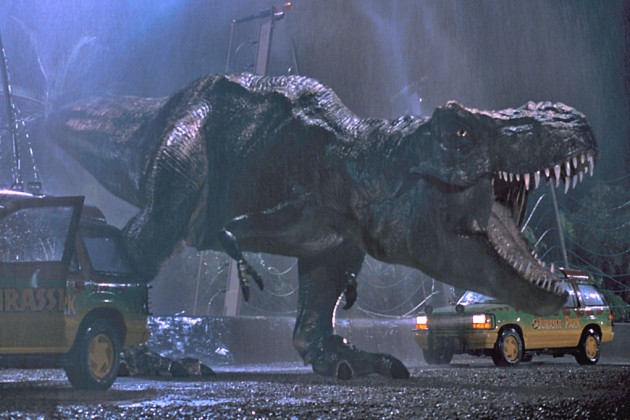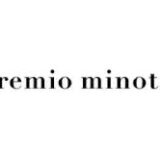It’s no secret that sexism runs rampant in geek culture, and there are plenty of accounts to back up that little fact. Being a female fan can be frustrating and exhausting so much of the time. But I want to take a moment to appreciate the fortuitous lack of sexism I have personally had to face in regards to my geeky hobby.
No one ever told me that I couldn’t like anime, that I couldn’t play Dragonball Z or Pokemon on the playground. Nobody ever told me that I should only like anime that is intended for young girls, like Cardcaptor Sakura. Maybe I was just lucky enough to live in a community that didn’t seek to make me overtly feminine, but it has been my experience that girls who like anime are rarely challenged for their hobby (at least not by society on the whole; individual interactions may vary).
Last week I bought a used book, Anime from Akira to Princess Mononoke: Experiencing Contemporary Japanese Animation (2001, Palgrave Macmillan). It was written by Susan J. Napier, a woman. It is dedicated to Napier’s daughter. The cover is graced by Motoko Kusanagi, the (female) protagonist of Ghost in the Shell (1995, Production I. G.). The inscription on the inner cover informs me that the previous owner was also of the female persuasion (or at least that they had a typically female name). This particular series of coincidences aside, most of the fan art, fan fiction, and cosplay that I see online is carried out by women and girls.
Where did we all come from? How did we overtake the world of animanga fandom? And – not to sound ungrateful – why the heck, in a society that still likes to believe that women can’t have serious interests outside of shopping and man-hunting, are we not being told “no, you can’t?” I have some theories, but conclusive evidence eludes me.
My first theory is that animanga is actually seen as being “girly” here in the States. This is actually what my fiance said he thought of anime in high school, though he was unable to articulate its inherent femininity. My best guess is that, unlike American cartoons or comics, a lot of emphasis has always been placed on rendering animanga to be beautiful. Attention is paid to details like cherry blossoms and sparkling waterfalls, not to mention the phenomenon of bishonen and bishojo (pretty boys and girls). Couple that with the vast proliferation of manga geared toward young women hitting it big Stateside (Pretty Guardian Sailor Moon, Cardcaptor Sakura, Peach Girl, Marmalade Boy, Mars, Kodomo no Omacha…need I say more?), and it doesn’t present itself as the most testosterone-driven media.
However, while shojo manga were hugely popular during the Japanese media boom of the 90s/early 2000s, it was the shonen titles that were the cash cows of the small screen (Dragonball Z, Pokemon, Gundam Wing, Yu Yu Hakusho, Yu-Gi-Oh!). And the girls who were reading manga had probably already watched a good deal of the anime that was aired on prime time, which brings me to my next point: While certain titles may be geared toward a specific audience, in Japan everyone consumes animanga to some degree. Some of the most popular anime in the States are titles that originally saw light as manga in Weekly Shonen Jump. Shonen Jump is the best-selling manga magazine (and probably the best selling magazine in general) in all of Japan. It’s geared toward young boys, but there is no age or gender cap on who can buy it. I once saw a statistic that one in every eight Japanese people bought the One Piece manga. Obviously, if the story is good, consumption will follow.

Another amazing facet of animanga is the massive presence of female creators. I could go on a long, long tirade about how I can’t think of a single woman involved in the world of Western comics (excluding Fiona Staples – and I know there are others, I’m just not well-versed enough); manga doesn’t work with the same model at all. You’ve heard of Fullmetal Alchemist, right? Written by a woman. Hikaru no Go, another Shonen Jump title – written by a woman. Saiyuki, InuYasha, Mushishi…even these titles with male leads and violent themes, marketed at mostly boys – they have all been written by women.
In the first chapter of her above mentioned book, Susan Napier talks a bit about the role of women within anime:
“In [anime’s] fascination with gender roles and transgression – seen in lighthearted terms in romantic comedies or shojo (young girl) narratives and more bleakly in occult pornography – anime encapsulates both the increasing fluidity of gender identity in contemporary popular culture and the tensions between the sexes that characterize a world in which women’s roles are drastically transforming. Perhaps many of anime’s most important characters are female because it is so often the female subject who most clearly emblematizes the dizzying changes occurring in modern society.”
So we can see that within a given anime title, a female character can represent a lot more than a mere romantic interest or plot device. As in reality, these female characters are representing what young girls and women are struggling with every day: Being recognized by a rapidly changing society that’s still coming to terms with women as people – and nowhere more so than in media. Animanga allows young women to see themselves – and their male peers – as being equal and interesting for many reasons, and it allows them to not be afraid of voicing their own narratives.
All of this sounds very ideal, but as I said before, I’m very aware of sexism within the animanga community. In the gaming and Western comic community, it’s more prevalent in the idea of the “fake geek girl” issue; in otaku-hood, it has a lot more to do with outright sexualization and objectification. From the types of questionable anime pornography to the way otaku men fawn over any woman who seems even vaguely aware of anime, I can’t say we’re free of problems on this end of the spectrum. But I am glad, at least, that I’ve never had to defend myself and what I love because of something so trivial as my gender expression. I can only hope that the entirety of fandom can grow to this point and further as dialogues surrounding hobbies and sexism continue to spring forth.












“Perhaps many of anime’s most important characters are female because it is so often the female subject who most clearly emblematizes the dizzying changes occurring in modern society.”
This is an excellent insight. I have to look out for this book. Thanks for sharing it, Morgana!